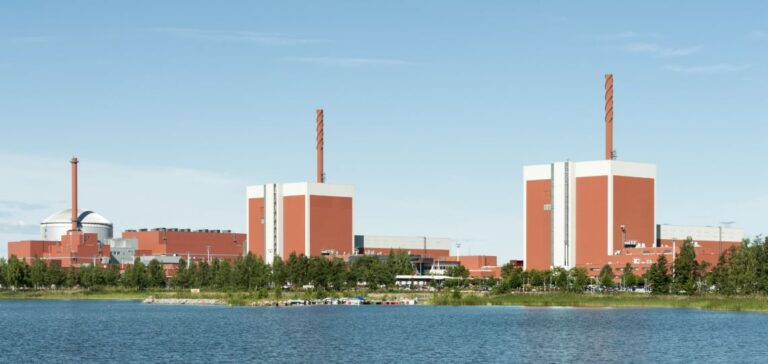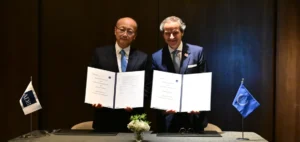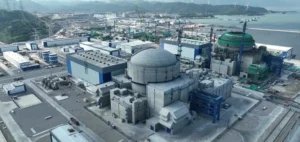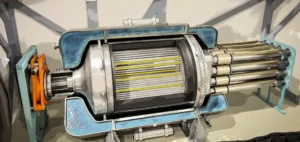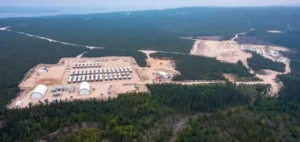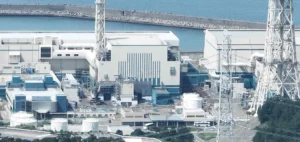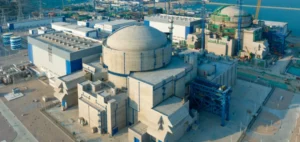On March 7, a leak of approximately 100 cubic metres of radioactive coolant occurred within the containment rooms of the Olkiluoto 3 (OL3) reactor in Finland. The incident took place during annual maintenance when a hatch in the reactor pool was not properly closed before filling began.
An incident under control
Operator Teollisuuden Voima Oyj (TVO) stated that the coolant flowed into a drainage system designed to collect and remove any potential leaks. The company emphasised that the event posed no risk to personnel, the environment, or nuclear safety. The contaminated water will be treated according to established procedures, and teams promptly began cleaning the affected areas.
Regulatory oversight and corrective measures
The Finnish Radiation and Nuclear Safety Authority (STUK) was informed of the incident immediately after it occurred. It monitored the cleanup operations and continues to oversee the measures implemented by TVO. An investigation has been launched to determine the cause of the incident, and a detailed report will be submitted to authorities outlining preventive actions.
Annual maintenance and operational outlook
Maintenance work at OL3 began on March 1 and is scheduled to continue until early May. This planned outage includes fuel reloading, containment leak-tightness tests, reactor pump maintenance, and inspections of the steam generators. The incident has not impacted the operational schedule.
The OL3 reactor, with a capacity of 1,600 MWe, began regular electricity production in April 2023. This is the first maintenance performed on an 18-month operating cycle. The next major intervention is scheduled for September 2026.


